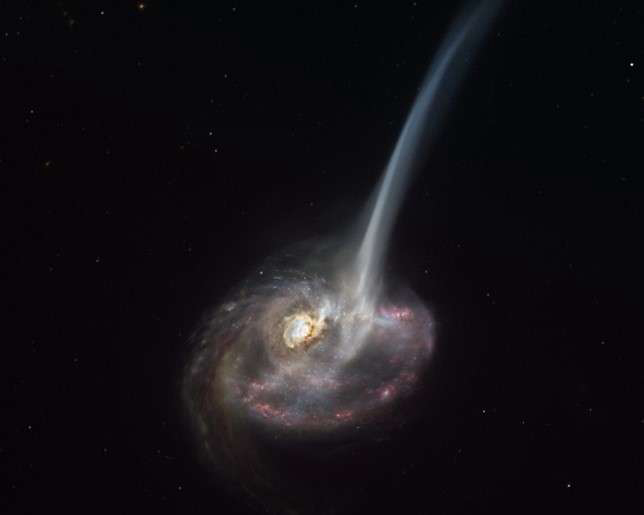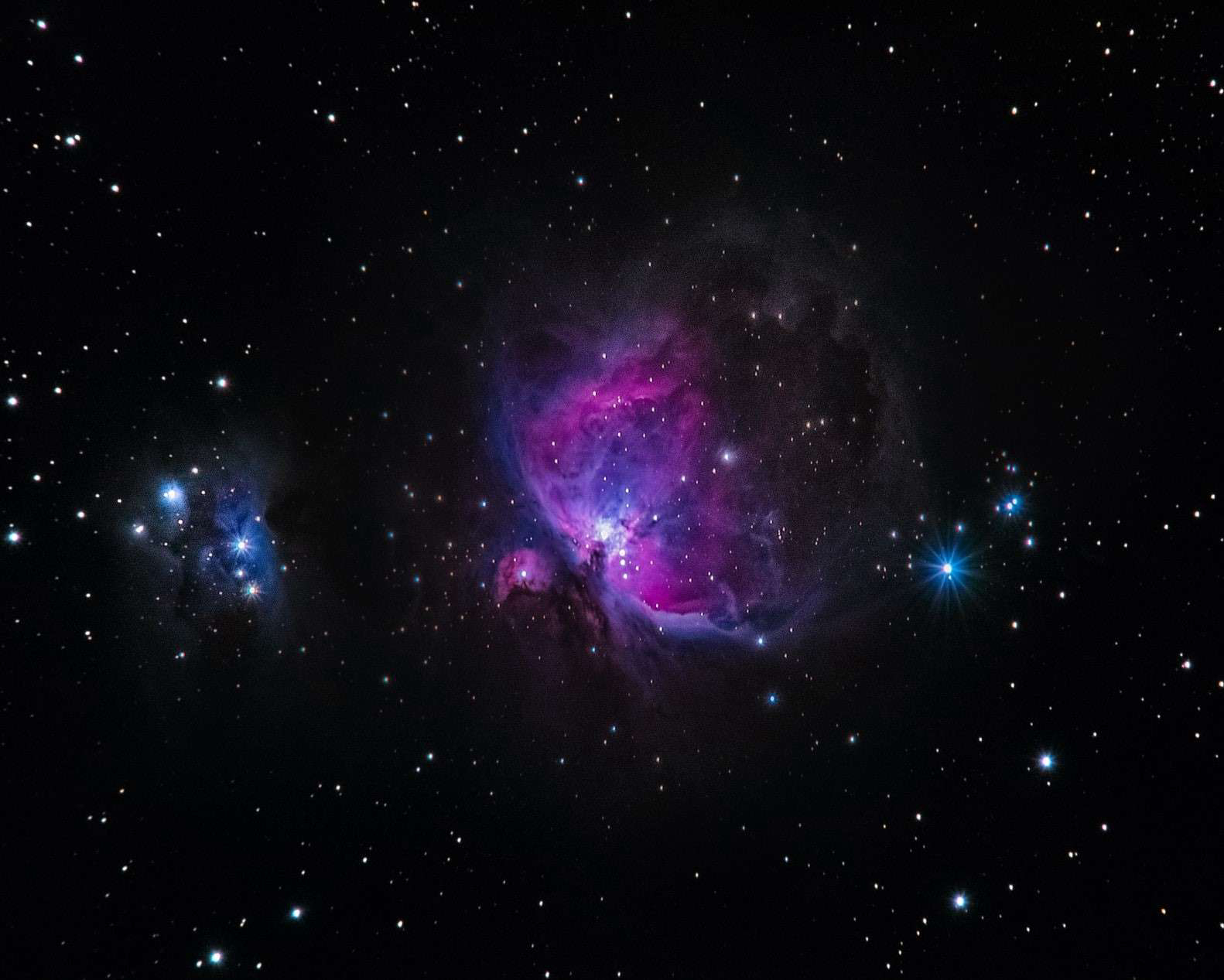
source: astronomy.com
Astronomers around the world have observed many galaxies but the process of a galaxy's death itself hasn't been observed before, until now. A galaxy is a huge collection of billions of stars, dust and gases. It is held together by gravity. Our galaxy, the Milky Way also has many planets in it and some astronomers think there could be as many as one hundred billion galaxies in the universe. According to a report published in the Nature Astronomy journal, astronomers have found a death of a galaxy, using the telescope Atacama Large Millimeter Array (ALMA), astronomers observed a galaxy, nine billion light-years away from our Earth, expelling nearly half of its star-shaping gas and losing fuel.
A galaxy begins to die when star formation stops inside them or they start losing material that forms stars. For the first time, astronomers have observed the death of a galaxy. And scientists were able to observe the galaxy named ID2299, as it expelled almost half of the gas it utilizes to form stars. The ID2299 galaxy is ejecting material worth about 10,000 suns every year in the form of cold gas ejection. It is estimated that the galaxy is presently removing 46% of the total cold gas it contains. This galaxy is still forming new stars at extreme speed, but since it is also quickly running out of fuel, the remaining gas will be consumed and the galaxy is likely to be dead within a few million years.
According to Annagrazia Puglisi, the lead researcher of the new study from United Kingdom's Durham University and Saclay Nuclear Research Centre (CEA-Saclay), it is the first time we have observed a typical massive star-forming galaxy in the distant universe about to die to a massive cold gas ejection. The galaxies perish when their stars quit shaping new elements, but with time, these galaxies somehow alter their structures and their shapes, going from spiral galaxies like the Milky Way to massive, bloated, old galaxies that have an oval shape. These old galaxies somehow stop forming stars and evolve what we call dead or quiescent.

According to the journal, astronomers were thrilled to be able to capture this rare phenomenon recently using the Atacama Large Millimeter/Submillimeter Array of Telescopes in Chile. This event has taken about nine billion years for the light from the stardust galaxy ID2299 to reach Earth. Thus, when astronomers went on to observe the death of the galaxy by chance, they witnessed the universe as it appeared at just 4.5 billion years old. The astronomers believe that ID2299 is losing 10,000 suns worth of gas each year, rapidly draining fuel required to form new stars. This stunning escape of gas occurs to be the outcome of two galaxies violently clashing and unifying together to create ID2299.
ID2299 is currently forming stars at a rate hundreds of times faster than the Milky Way, using up the rest of its previous gases, and this galaxy is expected to die soon, in just a few tens of thousands of years. These new observations have captured the earliest stages of this ejection. The astronomers believe that these galaxies are merging because they were able to witness a very rare ‘tidal tail’, which is usually too dull to see in distant galaxies. And all this might lead us to reconsider our understanding of how galaxies die.
According to the journal, if the astronomers are accurate about their opinion that the merger led to the tremendous loss of gas and thus the death of the ID2299 galaxy, they will require to reanalyze previous theories on how galaxies form and develop, and how they die. Some theories have also indicated that wind from active black holes or powerful star creations is responsible for these deaths. And this new event and theory in these astronomers' knowledge might have huge consequences of what certainly shapes the evolution of galaxies in our universe.
_________________________________
Reference -
- www.sciencemag.org
- www.idp.nature.com
- www.astronomy.com
